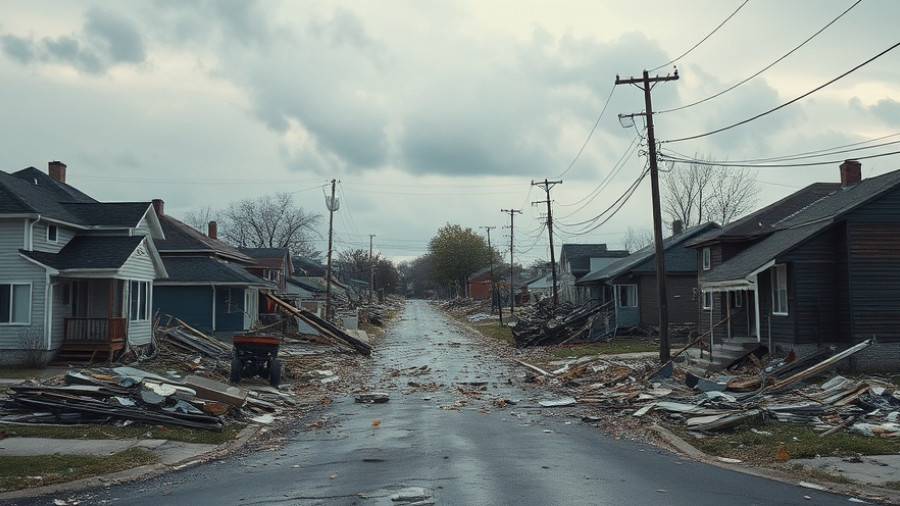
The Tragic Case of John Barnett: A Whistleblower’s End
In a startling turn of events that has captured national attention, Boeing Co. has settled a wrongful death lawsuit involving John Barnett, a former quality inspector whose suicide brought serious questions about workplace safety and whistleblower protections in the aviation industry. Set against the backdrop of a federal investigation into safety practices at Boeing’s 787 Dreamliner factory, Barnett's death has fueled ongoing debates about corporate responsibility and employee welfare.
Whistleblower Protection: An Area in Need of Improvement
Barnett had raised alarms about safety concerns at Boeing, which many believe contributed to systemic problems within the company. His case highlights the significant risks whistleblowers face when attempting to expose unsafe practices. While the Boeing settlement of $50,000 includes provisions that will leave many questions unanswered, it raises crucial issues about the obligation firms have to protect whistleblowers from retaliation. Legal experts have called for stronger protections for individuals willing to reveal misconduct, emphasizing that the fear of repercussions often deters those who might otherwise come forward.
Corporate Culture and Safety Issues at Boeing
The case has opened a dialogue surrounding Boeing’s workplace culture. Critics point to a disturbing pattern of neglect regarding employee safety and product quality amid corporate pressures to deliver. With Barnett’s brave yet tragic stance against the company, questions arise: What changes can be enforced to prevent such tragedies from occurring in the future? Recent investigations into incidents like a cabin pressure mishap in the 737 Max only serve to emphasize the urgent need for a cultural shift centered on safety and transparency.
Implications for the Manufacturing Industry
As public perception of Boeing suffers, the implications extend beyond corporate reputation. The fallout also affects insurance claims related to vehicle damage caused by potential mechanical failures linked to faulty manufacturing practices. Potential purchasers of aircraft or investees in aviation technology may reconsider their engagements if they doubt the integrity of production processes. Understanding the legal landscape surrounding manufacturing accountability becomes paramount for vehicle owners who might later be involved in associated claims.
What This Means for Consumers
The settlement, while confidential regarding broader details, signals an unsettling trend regarding the visibility and viability of reporting safety concerns. For vehicle owners dealing with accident-related property damage, this underscores the importance of staying informed about safety compliance of the products they engage with. Navigating claims processes should come with the confidence that products meet safety standards as mandated.
Steps to Take as a Vehicle Owner
Here are some valuable considerations for you, as a vehicle owner, to keep in mind:
- Research Vehicle Manufacturers: Regularly review safety ratings and reports that may indicate past issues with specific vehicle models.
- Be Proactive with Your Insurance: Understand your rights within the insurance claim process to navigate any complexities smoothly.
- Stay Informed: Monitor developments in safety regulations and practices in both the aviation and automotive industries for your protection.
Understanding how corporate actions and settlement cases like Barnett's impact you is crucial to being a well-informed consumer. The reality of being a vehicle owner comes with its own set of pressures, especially regarding the insurance claim process. Awareness of your rights can empower you to protect yourself against unjust denials.
Conclusion: Beyond the Settlement
While the settlement brings closure to Barnett's family, the implications for corporate culture within Boeing and the broader manufacturing space remain significant. Consumers, vehicle owners, and potential whistleblowers should pay close attention to these issues, which resonate on many levels. If you’re navigating the insurance claim process, take proactive steps to safeguard your interests and remain vigilant against potential risks associated with product safety.
Take the time to understand the insurance claim process to better protect yourself and your rights as a consumer.
 Add Row
Add Row  Add
Add 




Write A Comment